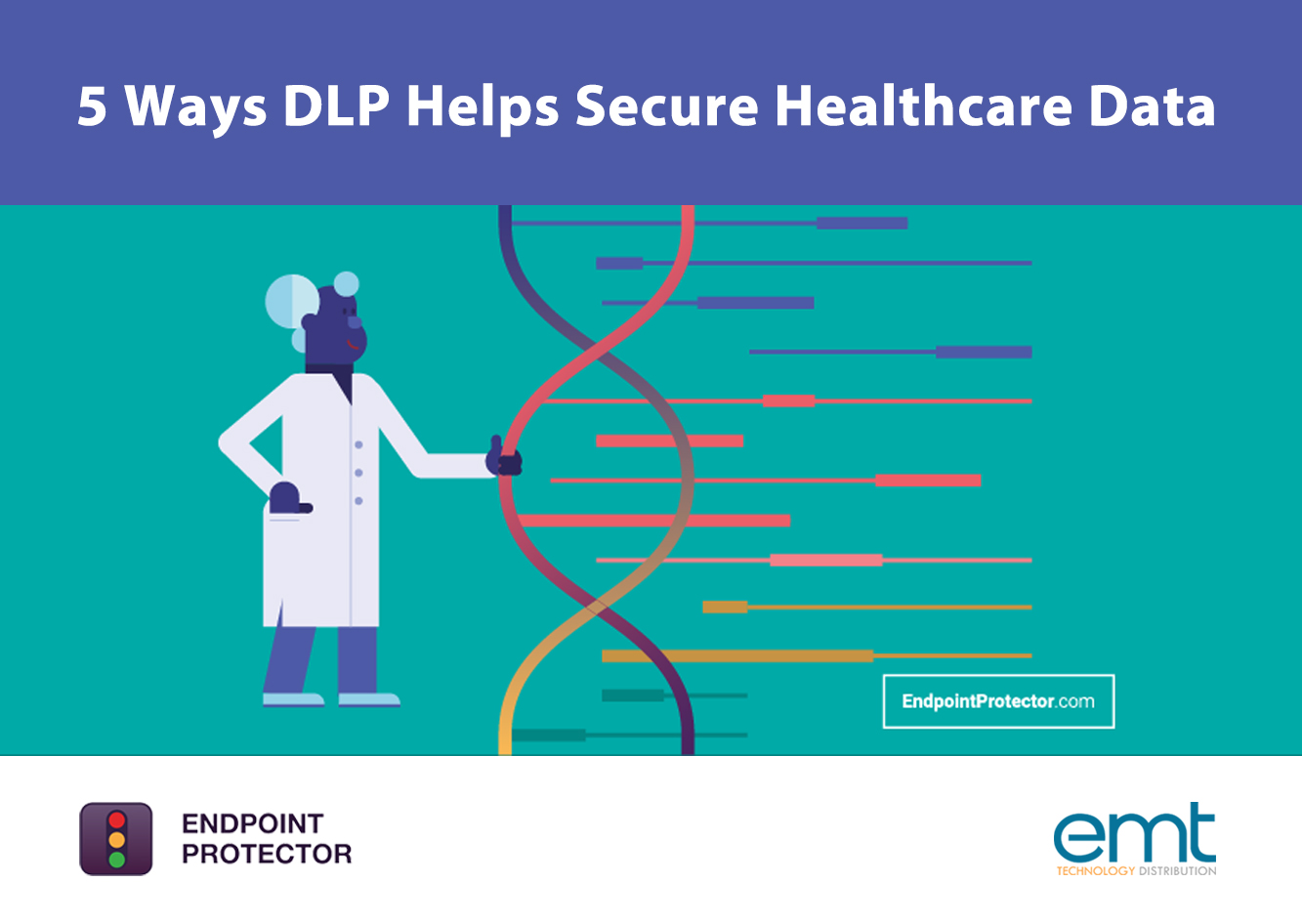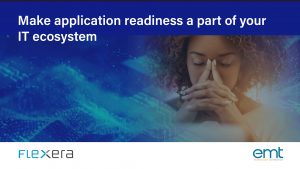Considered highly sensitive and very valuable, healthcare information has been heavily regulated for years through specialized laws such as the Health Insurance Portability and Accountability Act (HIPAA). Despite this, healthcare has been incurring the highest average data breach costs for ten years in a row, reaching $7.13 million/breach in 2020, according to the Cost of a Data Breach report 2020 released by IBM and the Ponemon Institute.
This is partially due to the more rigorous regulatory requirements healthcare data is subject to which imply higher fines for non-compliance, but also its overall slowness in dealing with data breaches. It takes a healthcare institution 329 days on average to identify and contain a data breach, the longest of all industries analyzed in the Ponemon Institute’s report.
And if that weren’t enough, the healthcare sector also struggles with negligence in its employees. 27% of its breaches are due to human error, one of the highest percentages across all industries. Add to this the 24% of malicious attacks due to the implicit involvement or gullibility of employees and it becomes increasingly clear why Data Loss Prevention (DLP) solutions have been gaining traction as part of healthcare cybersecurity strategies.
Designed to protect sensitive data rather than the systems where the data is stored, DLP solutions offer flexible, customizable policies that allow companies to control and monitor healthcare data within and, most importantly these days, outside of the work environment. Let’s take a closer look at how DLP helps secure healthcare data!
1. Blocking unauthorized health data transfers
Most health data is forbidden from leaving an organization’s premises without being encrypted or transmitted to secure, authorized channels. This ties into the need to limit data access to a need-to-know basis. Employees, particularly when working from home, may be tempted to use third party unauthorized apps and services to efficiently perform their duties. They might use tools such as popular instant messaging applications, personal emails, cloud storage services, or one-time web transfer services. With the security of these services not tested by healthcare organizations’ IT departments, there is a high risk of data leaks occurring.
Using powerful contextual scanning and content inspection tools and predefined policies, DLP solutions identify health data in files and in the body of emails before they are sent, blocking their transfer through unauthorized channels.
2. Controlling removable devices
Employees often use removable devices such as USBs or external drives to copy large files or amounts of information. Due to their size and portability, these devices can easily be lost or stolen and in recent years have also become popular tools for malware attacks. Their usefulness is undeniable, but how can healthcare organizations continue using them without endangering the security of health data? DLP offers an answer.
Many DLP solutions come with device control options which means organizations using them can block or limit the use of USB and peripheral ports to authorized company-issued devices. Some DLP vendors even offer enforced encryption options that ensure that any data copied onto a USB is automatically encrypted and access to it is restricted to those with a decryption key.
3. Restricting access to data
One of the many ways health data becomes vulnerable is when it’s locally stored on employees’ hard drives. Many times these files are used once and forgotten or archived although they should be deleted when no longer needed.
DLP tools can scan data stored locally for healthcare information and when it is identified on unauthorized personnel’s computers, remediation actions such as deletion or encryption can be taken. In this way, healthcare organizations can reduce the digital trail of health records and ensure they are only stored where needed.
4. Monitoring and logging
DLP solutions do not only help control how health data is transferred and stored but also continually monitor its movements. All attempts to violate a policy are logged. DLP monitoring and logging features allow healthcare organizations to identify weaknesses in their cybersecurity strategies and their employees. By using them, they can save money through more effective training for employees and more cost-effective cybersecurity strategies that address known vulnerabilities.
5. Health data protection while working remotely
Depending on the level at which they are applied, DLP tools will also work remotely. DLP solutions, like Endpoint Protector, are implemented at the computer level and continue to work whether a computer is connected to a healthcare institution’s network or the internet. In this way, healthcare data protection is uninterrupted.
This is especially important now during the COVID-19 pandemic. Although regulations such as HIPAA have been relaxed to allow for remote work, none of their requirements have been waived. It is therefore essential for healthcare organizations to ensure continuous compliance.
Source : https://www.endpointprotector.com/blog/5-ways-dlp-helps-secure-healthcare-data/








